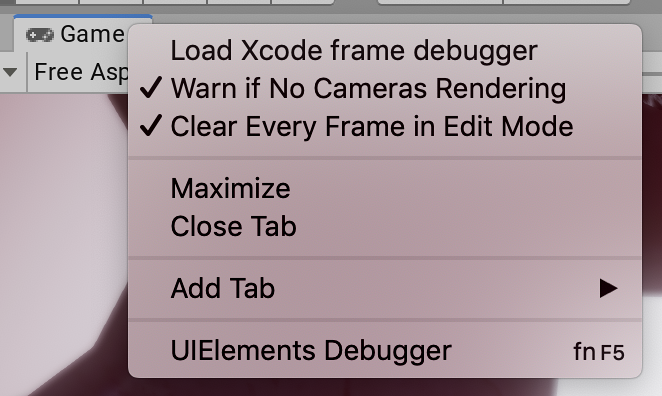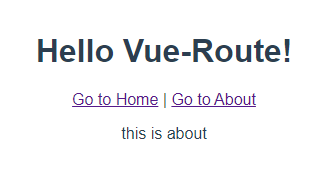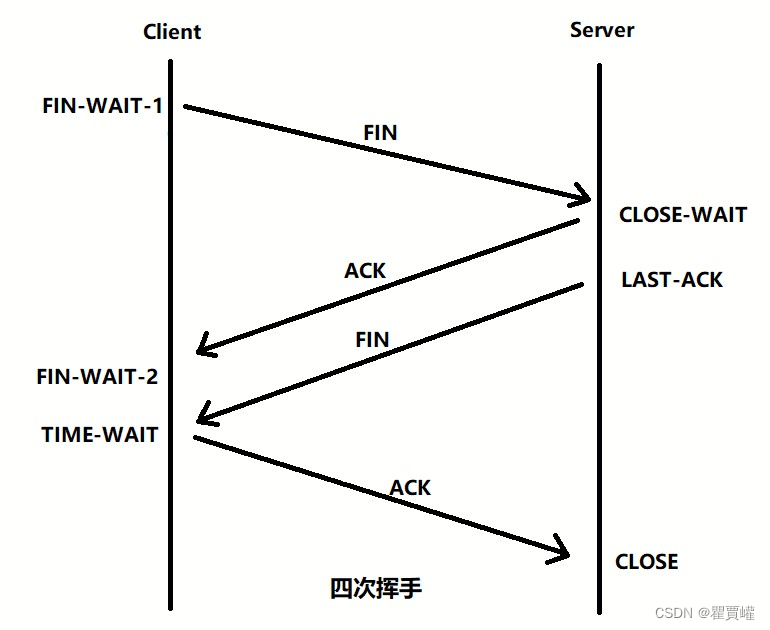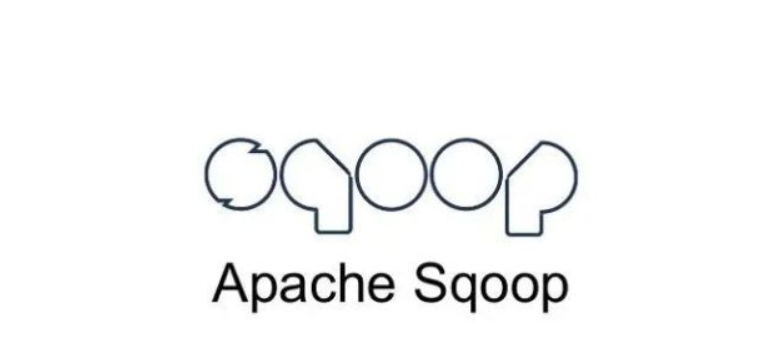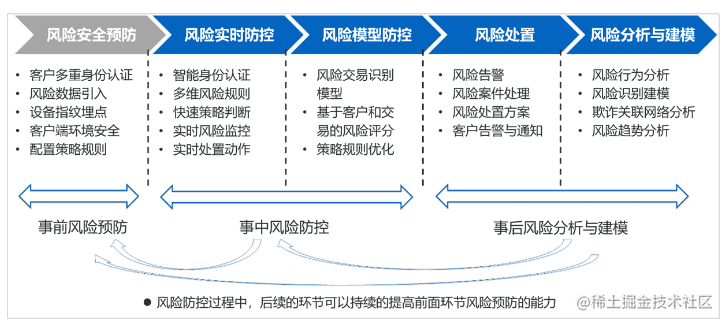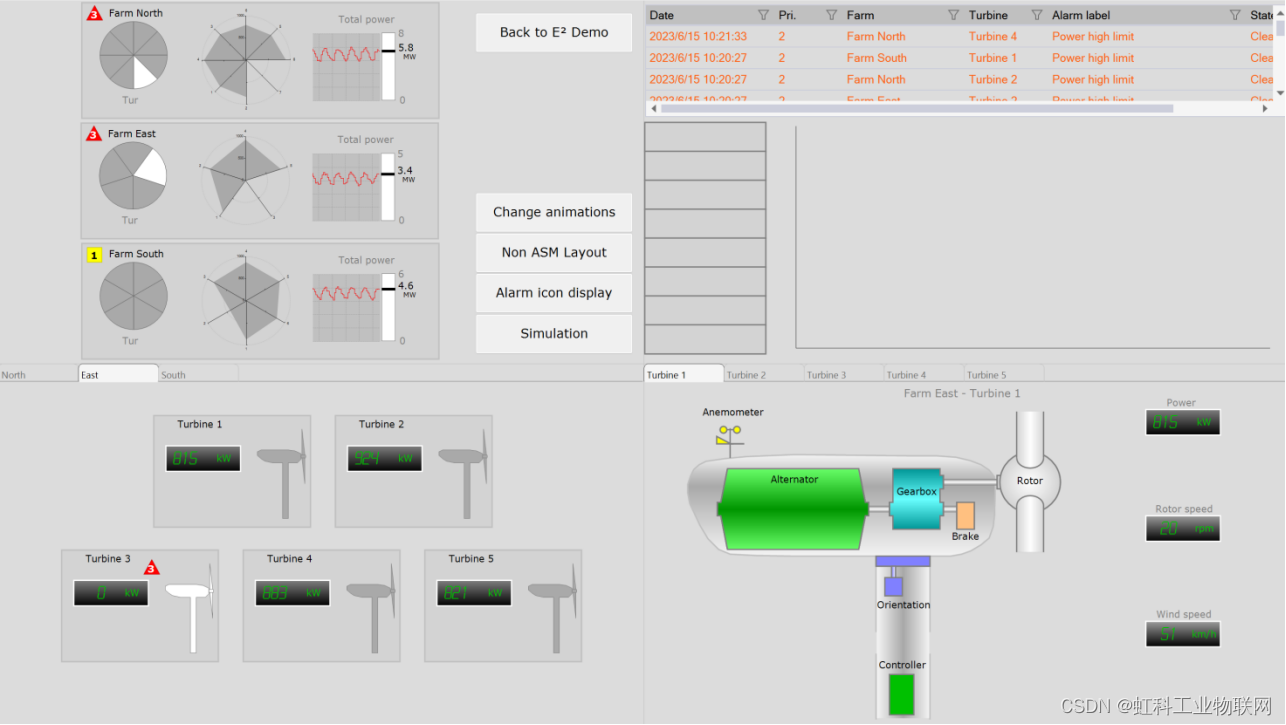Spring Boot 如何使用 Jetty 容器
Jetty 是一款轻量级的 Java Web 容器,适用于各种规模的 Web 应用程序。在 Spring Boot 中,我们可以使用 Jetty 作为 Web 容器来处理 HTTP 请求和响应。本文将介绍 Spring Boot 如何使用 Jetty 容器,包括如何配置 Jetty 容器、如何处理 HTTP 请求和响应等内容,并提供相应的代码示例。

添加 Jetty 依赖
在使用 Jetty 作为 Spring Boot Web 容器之前,我们需要将 Jetty 依赖添加到项目中。可以在 Maven 或 Gradle 构建工具中添加以下依赖:
<dependency>
<groupId>org.springframework.boot</groupId>
<artifactId>spring-boot-starter-web</artifactId>
<!-- 排除默认的 Tomcat 依赖 -->
<exclusions>
<exclusion>
<groupId>org.springframework.boot</groupId>
<artifactId>spring-boot-starter-tomcat</artifactId>
</exclusion>
</exclusions>
</dependency>
<dependency>
<groupId>org.springframework.boot</groupId>
<artifactId>spring-boot-starter-jetty</artifactId>
</dependency>
在这个示例中,我们使用了 spring-boot-starter-web 依赖来启用 Spring Boot Web 功能,并使用 exclusions 标签排除了默认的 Tomcat 依赖,然后添加了 Jetty 依赖。这样就可以使用 Jetty 作为 Web 容器了。
配置 Jetty 容器
Spring Boot 使用 Jetty 作为 Web 容器时,可以在 application.properties 或 application.yml 中配置 Jetty 容器。下面是一个示例:
server:
port: 8080
jetty:
acceptors: 2
selectors: 4
max-http-post-size: 1048576
request-header-size: 8192
在这个示例中,我们使用了 jetty.acceptors 属性来设置 Jetty 接受器的数量,jetty.selectors 属性来设置 Jetty 选择器的数量,jetty.max-http-post-size 属性来设置 HTTP POST 请求的最大大小,jetty.request-header-size 属性来设置请求头的最大大小。通过这些属性配置,我们可以灵活地控制 Jetty 容器的行为。
处理 HTTP 请求和响应
在 Spring Boot 中,我们可以使用 @Controller、@RestController、@RequestMapping 等注解来处理 HTTP 请求和响应。下面是一个示例:
@RestController
@RequestMapping("/api")
public class ApiController {
@GetMapping("/hello")
public String hello() {
return "Hello, world!";
}
}
在这个示例中,我们使用了 @RestController 注解标注了 ApiController 类,并使用 @RequestMapping 注解设置了请求路径。在类中定义了一个 hello() 方法,用于处理 GET 请求。当用户发送 /api/hello 请求时,Spring Boot 会自动调用这个方法,并返回 “Hello, world!” 字符串。
使用模板引擎渲染视图
除了处理 HTTP 请求和响应外,Spring Boot 还支持使用模板引擎来渲染视图。常用的模板引擎包括 Thymeleaf、Freemarker、Velocity 等。下面是一个使用 Thymeleaf 渲染视图的示例:
@Controller
public class ViewController {
@GetMapping("/index")
public String index(Model model) {
model.addAttribute("message", "Hello, world!");
return "index";
}
}
在这个示例中,我们使用了 @Controller 注解标注了 ViewController 类,并在类中定义了一个 index() 方法,用于处理 GET 请求。在这个方法中,我们使用了 Model 参数来传递数据,然后返回了一个视图名称。在这个示例中,视图名称为 “index”,表示将使用 Thymeleaf 模板引擎来渲染名为 “index.html” 的模板文件。在模板文件中,可以使用 Thymeleaf 的语法来动态生成 HTML 内容。下面是一个简单的 Thymeleaf 模板示例:
<!DOCTYPE html>
<html xmlns:th="http://www.thymeleaf.org">
<head>
<title>Thymeleaf Example</title>
</head>
<body>
<h1 th:text="${message}"></h1>
</body>
</html>
在这个示例中,我们使用了 Thymeleaf 的 th:text 属性来输出 “Hello, world!” 字符串。当视图被渲染时,Thymeleaf 会自动将 message 参数的值填充到 th:text 属性中,生成最终的 HTML 内容。
完整示例代码
下面是一个完整的 Spring Boot 使用 Jetty 容器的示例代码:
import org.springframework.boot.SpringApplication;
import org.springframework.boot.autoconfigure.SpringBootApplication;
import org.springframework.stereotype.Controller;
import org.springframework.ui.Model;
import org.springframework.web.bind.annotation.GetMapping;
import org.springframework.web.bind.annotation.RequestMapping;
import org.springframework.web.bind.annotation.RestController;
@SpringBootApplication
public class Application {
public static void main(String[] args) {
SpringApplication.run(Application.class, args);
}
}
@RestController
@RequestMapping("/api")
public class ApiController {
@GetMapping("/hello")
public String hello() {
return "Hello, world!";
}
}
@Controller
public class ViewController {
@GetMapping("/index")
public String index(Model model) {
model.addAttribute("message", "Hello, world!");
return "index";
}
}
在这个示例中,我们创建了一个名为 “Application” 的 Spring Boot 应用程序,并分别定义了一个 ApiController 和一个 ViewController 类,用于处理 HTTP 请求和响应。同时,我们也添加了 Jetty 依赖,将 Jetty 容器作为 Web 容器来处理 HTTP 请求和响应。
总结
在本文中,我们介绍了 Spring Boot 如何使用 Jetty 容器,包括如何添加 Jetty 依赖、如何配置 Jetty 容器、如何处理 HTTP 请求和响应等内容,并提供了相应的代码示例。使用 Jetty 作为 Spring Boot Web 容器,可以提高 Web 应用程序的性能和稳定性,同时也可以灵活地控制容器的行为。希望本文对您有所帮助。



